The Smart Mattresses Market is currently characterized by a dynamic competitive landscape, driven by technological advancements and evolving consumer preferences. Key players such as Sleep Number (US), Tempur Sealy International (US), and Purple Innovation (US) are at the forefront, each adopting distinct strategies to enhance their market positioning. Sleep Number (US) emphasizes innovation through its personalized sleep technology, which allows users to adjust firmness levels, thereby catering to individual comfort needs. Meanwhile, Tempur Sealy International (US) focuses on expanding its product range and enhancing its distribution channels, aiming to capture a broader consumer base. Purple Innovation (US) leverages its unique hyper-elastic polymer technology to differentiate its offerings, appealing to health-conscious consumers seeking better sleep quality. Collectively, these strategies contribute to a competitive environment that is increasingly focused on technological integration and consumer-centric solutions.
In terms of business tactics, companies are increasingly localizing manufacturing and optimizing supply chains to enhance efficiency and reduce costs. The Smart Mattresses Market appears moderately fragmented, with several players vying for market share. However, the influence of major companies is substantial, as they set trends and standards that smaller firms often follow. This competitive structure fosters innovation, as companies strive to differentiate themselves through unique features and enhanced customer experiences.
In August 2025, Sleep Number (US) announced a partnership with a leading health technology firm to integrate sleep data analytics into its products. This strategic move is likely to enhance the personalization of sleep solutions, allowing users to receive tailored recommendations based on their sleep patterns. Such integration not only positions Sleep Number as a leader in sleep technology but also aligns with the growing consumer demand for data-driven health insights.
In September 2025, Tempur Sealy International (US) launched a new line of eco-friendly mattresses, utilizing sustainable materials and manufacturing processes. This initiative reflects a broader trend towards sustainability in consumer products, appealing to environmentally conscious consumers. By prioritizing sustainability, Tempur Sealy International not only enhances its brand image but also addresses the increasing regulatory pressures regarding environmental impact.
In July 2025, Purple Innovation (US) expanded its product line to include smart bedding accessories that monitor sleep quality and provide feedback through a mobile app. This strategic expansion into smart accessories indicates a shift towards a more holistic approach to sleep health, positioning Purple Innovation as a comprehensive solution provider in the sleep market. The integration of technology into bedding products is likely to resonate with tech-savvy consumers seeking enhanced sleep experiences.
As of October 2025, the Smart Mattresses Market is witnessing trends such as digitalization, sustainability, and the integration of artificial intelligence. Strategic alliances among companies are increasingly shaping the competitive landscape, fostering innovation and collaboration. Looking ahead, competitive differentiation is expected to evolve, with a notable shift from price-based competition to a focus on innovation, technology, and supply chain reliability. Companies that can effectively leverage these trends are likely to secure a competitive edge in this rapidly evolving market.


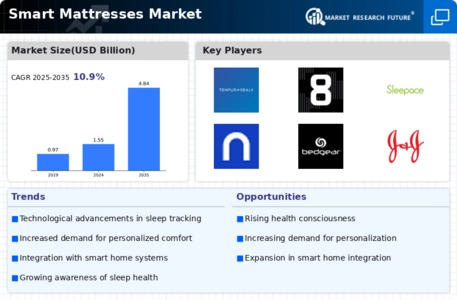
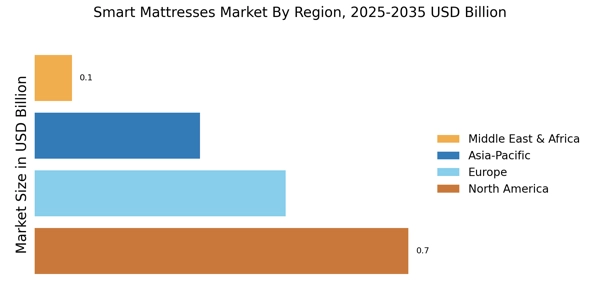
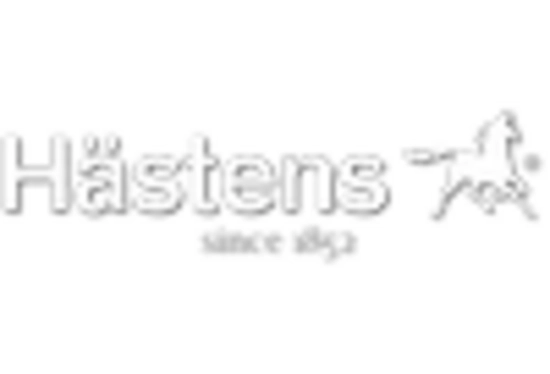
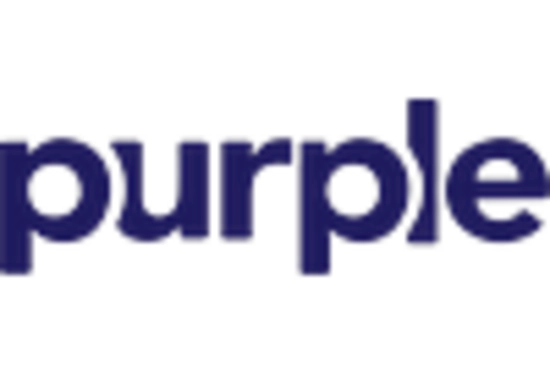
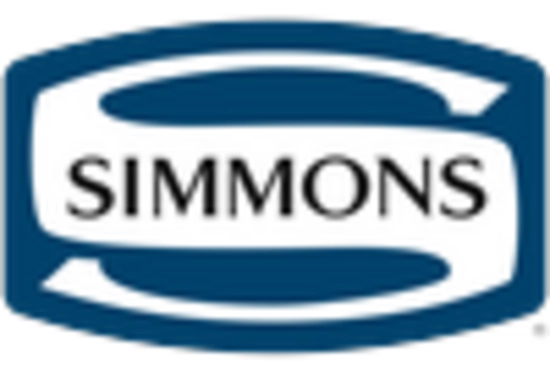

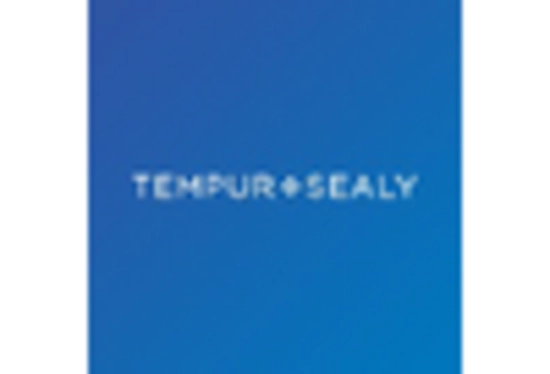
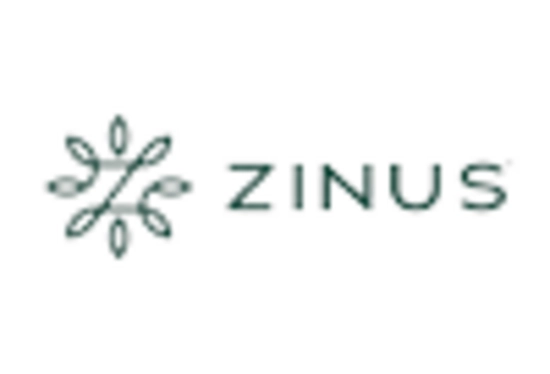








Leave a Comment